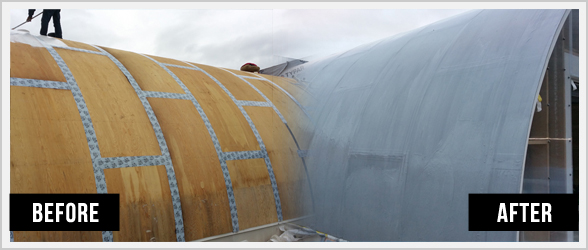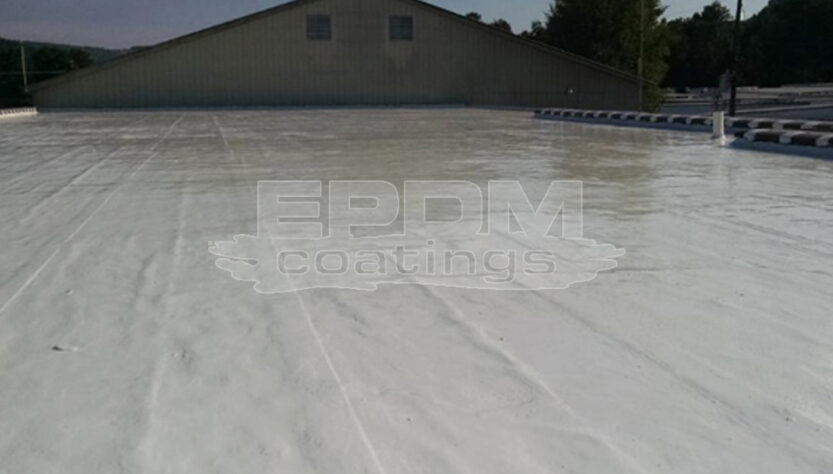If you are the owner of a flat-roofed or low-slope roof structure, you already know that your roofing needs are far different from those with buildings featuring traditional, more steeply sloped rooftops. Your roofing has to be resistant to everything from extremes of temperatures and the risks of pooling water, snow and ice to structural movement. This is why the issue of Butyl vs PVC so frequently emerges.
Why the Butly vs. PVC Issue?
You will see a lot of Butyl vs PVC comparisons when you start to search for roofing because these are the two most commonly chosen materials for flat roofs. EPDM is a rubber material made mostly with oil based ingredients. PVC is a vinyl-like material made of chlorine and ethylene.
Are there pros and cons to each? Absolutely, and it is imperative to run that EPDM vs PVC comparison as you narrow down your choices for your new or replacement roof on a flat-top or low slope building. Let’s start with the EPDM and its many pros and cons.
EPDM vs. PVC: The Pros and Cons of EPDM
Butyl Liquid Rubber is a specially formulated version of Butyl sheet rubber that has the flexibility needed for change in environmental conditions.
Butyl Liquid Rubber is a liquefied version of a synthetic rubber typically referred to as Butyl.


Butyl rubber, sometimes just called “butyl”, is a synthetic rubber, a copolymer of isobutylene with isoprene. The abbreviation IIR stands for isobutylene isoprene rubber. Polyisobutylene, also known as “PIB” which butyl rubber is based. Butyl rubber is produced by polymerization of about 98% of isobutylene with about 2% of isoprene. Structurally, polyisobutylene resembles polypropylene, but has two methyl groups substituted on every other carbon atom, rather than one.
The product is able to flex enough to support structural movement, too. And perhaps one of the most important “pros” for the Butyl Liquid Rubber is the fact that there is no special equipment or skill needed to install it. It does ask for a great deal of prep in terms of cleaning and/or installing a new roof decking on which the material is applied. However, with good brushes, rollers and patience even a novice can do a good job.
Lastly, it is the most affordable type of single-ply membrane-style roofing and has been in use for decades.
Butyl vs. PVC: The Pros and Cons of PVC
A more recent innovation in single-ply, membrane-style roofing is PVC roofing. However, one of the major “pros” of the PVC roofing is that it is actually made of three layers of material that feature PVC material reinforced with polyester “scrim” between. It is, however, described as a single-ply membrane. This means it is considered a bit more flexible and stable with high break and tear resistance. It is identical to Butyl in that it has UV resistance and can remain stable under extremes of heat or cold. PVC is also quite resistant to fire and chemicals, and typically inhibits the growth of any fungi or plant materials.
And also just like Butyl, the PVC materials are designed to be watertight and leak free for many decades after installation. This material also requires attention to prep when it is installed, and it requires “hot air welded seams” rather than an adhesive to bond together properly. This is why the PVC roofing is also a job for professionals who know how to handle the machines and materials properly.
This tends to boost the price of a installation, making Butyl the lower priced option with the added benefit of a DIY installation if desired.
In the debate of Butyl vs. PVC we now know that PVC is just as durable but requires experts to install the material properly. If you are looking for a long-lasting, easy to install and affordable roofing material for a flat roof, Butyl Liquid Rubber is the ideal choice.


